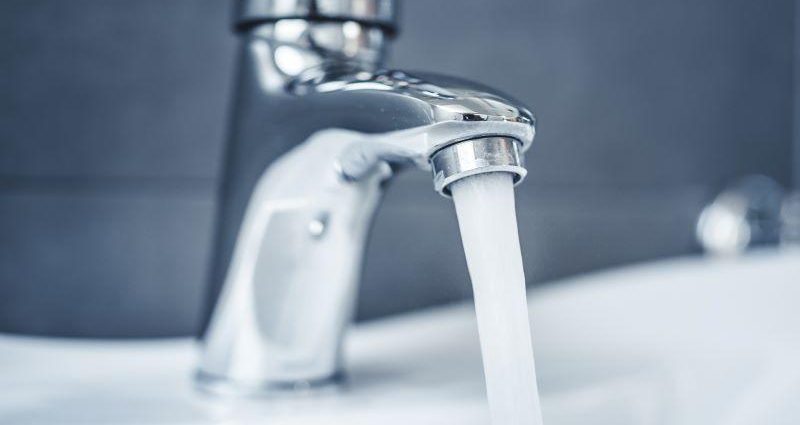THURSDAY, Nov. 30, 2023 (Healthday News) — The U.S. Environmental Protection Agency announced Thursday that it plans to require the removal of all lead pipes from the country’s water systems.
The proposed rule, an ambitious effort that will cost up to $30 billion over the next decade, would affect about 9 million pipes that send water to homes in countless communities across the United States.
“Lead in drinking water is a generational public health issue, and EPA’s proposal will accelerate progress towards President Biden’s goal of replacing every lead pipe across America once and for all,” EPA Administrator Michael Regan said in an agency news release. “With collaboration and the focused actions proposed today, EPA is delivering on our charge to protect all Americans, especially communities of color, that are disproportionately harmed by lead in drinking water systems.”
Utility companies will be expected to cover most of the cost of pipe replacements, but there is $15 billion available in the 2021 infrastructure law to help them pay for it, the agency noted.
The proposal “is grounded in the best available science and successful practices utilized by drinking water systems to protect children and adults from lead in drinking water,” added EPA Assistant Administrator for Water Radhika Fox. “Cities like Newark, N.J., Benton Harbor, Mich., and Green Bay, Wisc. have all successfully gotten the lead out of their water systems. Our proposed rule applies the lessons learned to scale these successes to every corner of the country.”
One Newark official spoke of her city’s efforts to remove lead from drinking water.
“Here in Newark, N.J., our community persevered through a lead crisis and I’m proud of the work we did removing all 23,000 lead pipes in the city in under three years,” Kareem Adeem, director of the Newark Department of Water and Sewer Utilities, said in the agency news release. “EPA’s new proposed rule will prompt more communities across the country to reduce exposure to lead in drinking water. This action is commendable and represents a positive step forward toward safeguarding the health and well-being of current and future generations.”
“A game changer for kids and communities, EPA’s proposed new lead and copper rule would help ensure that we will never again see the preventable tragedy of a city, or a child, poisoned by their pipes,” said Dr. Mona Hanna-Attisha, a pediatrician in Flint, Mich,, who is also associate dean for public health at Michigan State University College of Human Medicine.
The need to get the lead out of America’s water pipes is indeed pressing: In children, the neurotoxin can slow learning and damage the brain. In adults, it is linked to high blood pressure, heart disease, decreased kidney function and cancer, the EPA noted.
The issue first gained widespread national attention in 2014 in Flint, when a change in the water source and inadequate treatment and testing allowed lead to leach into the tap water of about 100,000 residents within a year.
While the proposal puts most of the financial burden of replacing pipes on water utilities, it does not require them to pay for the replacement of lead pipes on private property.
However, federal officials did make access to the $15 billion in the infrastructure law contingent on utilities replacing the entire lead pipe, including any portion that sits on private property.
Tom Dobbins, chief executive of the Association of Metropolitan Water Agencies, told the New York Times that his members would need technical assistance and more financial help from the federal government to comply with the proposed rule.
The association said in a statement that it has repeatedly pointed out several obstacles that make it difficult to replace lead pipes, including rising costs, supply chain problems, labor shortages and incomplete or missing building records.
More information
The CDC has more on lead exposure in children.
SOURCE: Environmental Protection Agency, news release, Nov. 30, 2023; New York Times
Copyright © 2025 HealthDay. All rights reserved.

